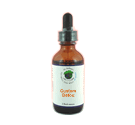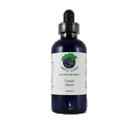 Arthropod/Vector
Bacteria
Chemicals
Fungus /Mold
/ Yeast Metals Parasites Virus Other Arthropod/Vector
Bacteria
Chemicals
Fungus /Mold
/ Yeast Metals Parasites Virus Other
|
Staphylococcus
Staphylococcus aureus cause most staph infections, principally:
Skin infections are the most common. They can look like pimples or progress into boils. They may be red, swollen and painful, and sometimes have pus or other drainage. They can develop into impetigo, which is a crust on the skin, or cellulitis, a swollen, red area of skin that feels hot. Anyone can get a staph skin infection. You are more likely to get one if you have a cut or scratch, or have contact with a person or surface that has staph bacteria. The best way to prevent staph is to keep hands and wounds clean. MRSA, often pronounced "mer-sa" (Methicillin-resistant Staphylococcus aureus) is one of many of the greatly-feared strains of S. aureus which have become resistant to most antibiotics. MRSA strains are most commonly associated with institutions such as hospitals, but are becoming increasingly prevalent in community-acquired infections. While MRSA is considered antibiotic resistant, most staph skin infections, including MRSA, are easily treated with Liquid Detox applied to the infected area or with use of the MMS Protocol. In more severe cases, colloidal silver will also control Staph. This Quantum Formula antidotes the various species in the Staphylococcus genus, as well as coagulase, catalase and hydrogen peroxide. |
|



